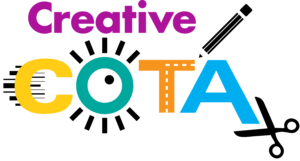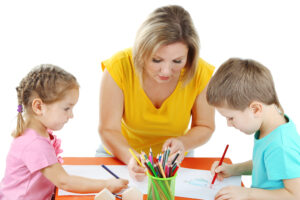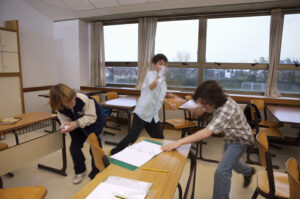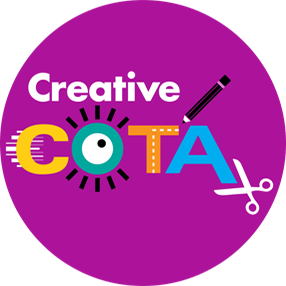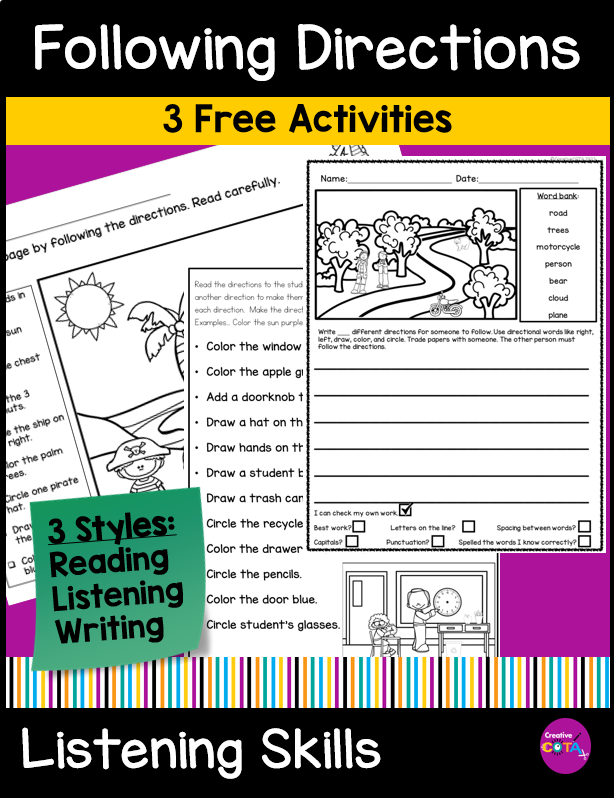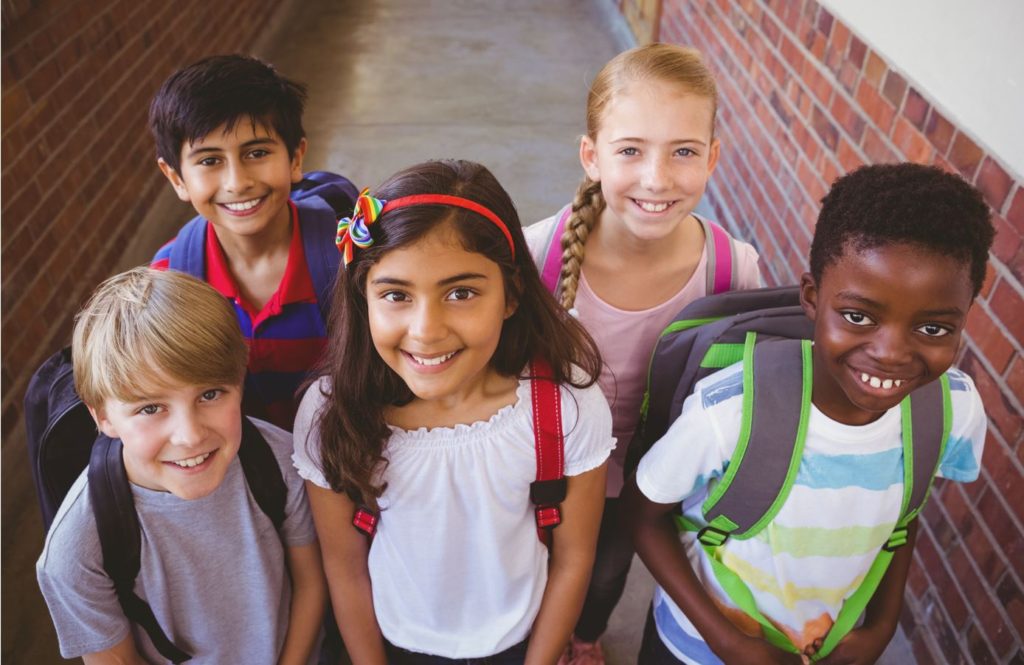
Are you grappling with the challenge of students wrestling with their emotions, impacting their ability to choose effective coping strategies? It’s a common scenario – students being off-task, disruptive, distracted, or impulsive. In this blog post, we’ll explore invaluable strategies rooted in social-emotional learning (SEL) and self-regulation activities to address these behavioral concerns. Whether you find yourself in the midst of Summer school, gearing up for the Back to School season, or navigating the mid-year challenges, enhancing the social-emotional growth of your students is a perpetual goal.
Navigating the Landscape of Social-Emotional Learning: In today’s educational landscape, educators are increasingly recognizing the pivotal role of social-emotional learning (SEL) in fostering a positive and supportive classroom environment. Students are dealing with various challenges that may impact their emotional well-being, making it crucial to equip them with the tools they need for self-regulation. These tools not only contribute to effective classroom management but also empower students with skills they can carry into adulthood.
Implementing Strategies: Zones of Regulation™ or Choose Love™ Programs:
As educators, we play a key role in providing students with resources and strategies to navigate their emotions effectively. Many school districts, including mine, have adopted programs like the Zones of Regulation™ Curriculum and introduced initiatives such as the Choose Love™ Program. These programs offer structured frameworks for understanding emotions, recognizing triggers, and developing a personal inventory of coping skills. By incorporating these initiatives, we contribute to the ongoing social-emotional development of our students.
Addressing the Year-Round Need: Whether it’s Summer school, the excitement of Back to School, or the challenges of the mid-year, the demand for social-emotional growth remains constant. As educators, we recognize the need to continually enhance our students’ understanding of their emotions. It’s essential for them to realize that all emotions are valid, and we can provide them with tools to manage these emotions effectively.
The Role of Occupational Therapy: The collaboration between educators and occupational therapy colleagues is invaluable in addressing the social-emotional needs of students. Together, we’ve been addressing social-emotional learning and mental health long before these topics gained mainstream attention. Occupational therapists bring a unique perspective to the table, offering insights into sensory and motor aspects that contribute to emotional well-being.
Incorporating Games for Social-Emotional Learning: One of the engaging ways to seamlessly integrate social-emotional learning into the curriculum is through games that incorporate the Zones colors. These games provide a platform for discussions on how emotions feel inside the body and how they appear to others. By making learning interactive and fun, students are more likely to absorb valuable lessons about emotional intelligence.
I create resources that work with any social-emotional curriculum. I love finding fun ways for my students to learn about their emotions and find healthy ways to manage them.

Check out these activities and worksheets in my Free Resource Library. They are all small versions of resources available in my TpT store. Check out my custom categories Social Emotional Learning, Brain Breaks, and Self Regulation for more ideas. Find fun ways to review and master the material from whatever social-emotional learning curriculum you are using.
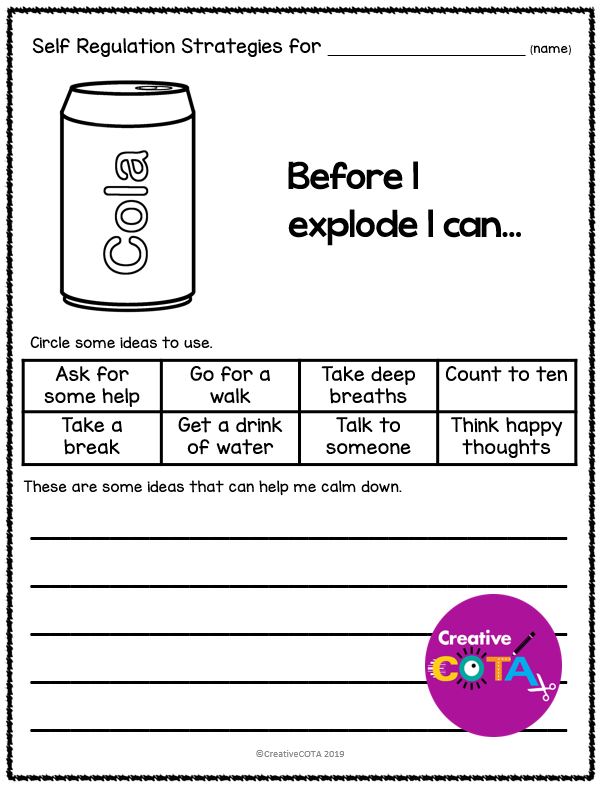
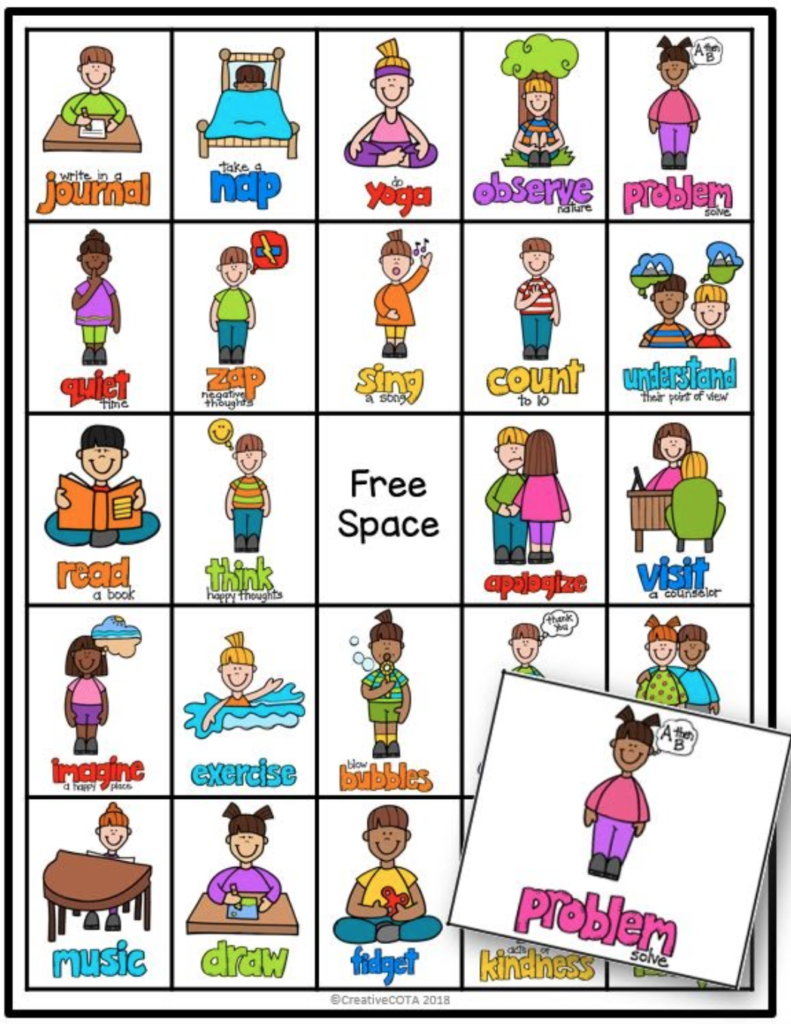
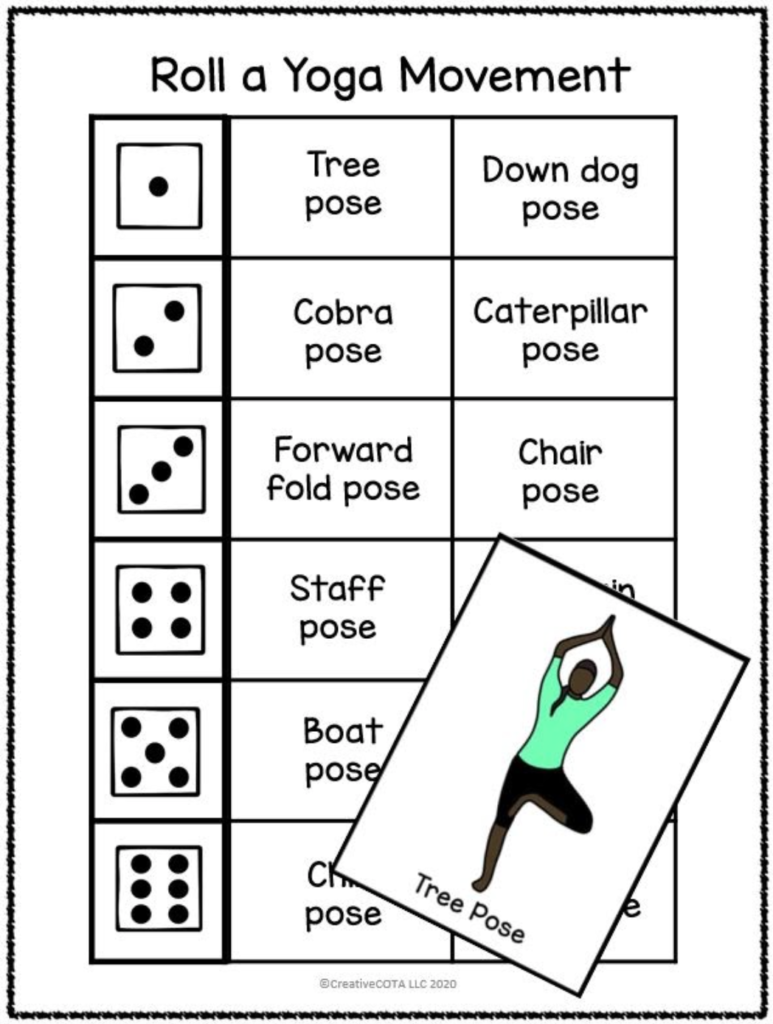
I have so many resources in my store but here are a few of my favorites, and they are best sellers. Check out the feedback from some of the more than 2000 teachers and therapists who are using them with their students. Feel free to pin the images below to access these resources at another time.
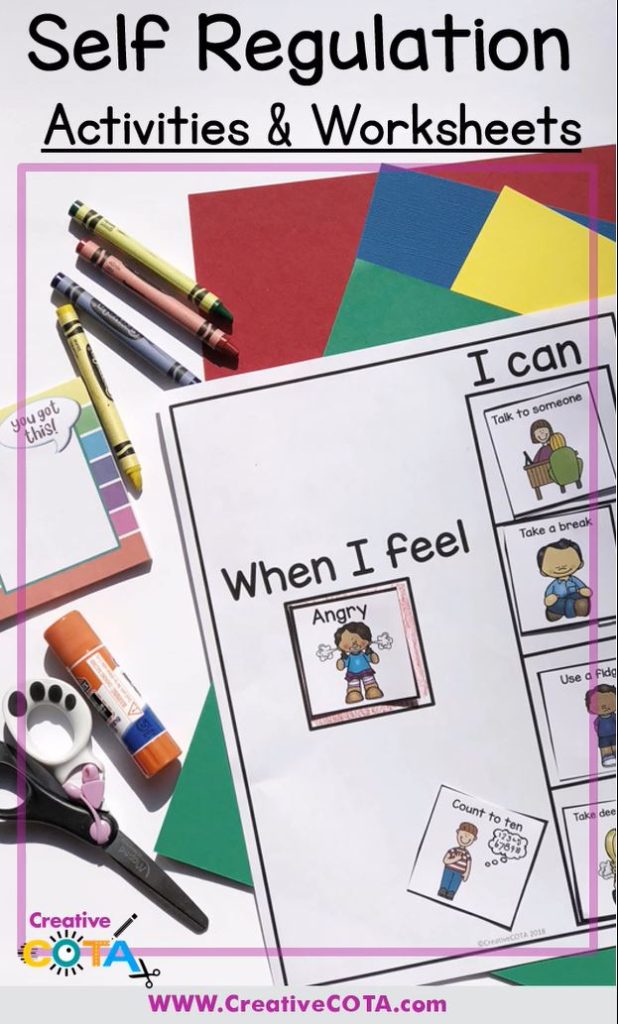
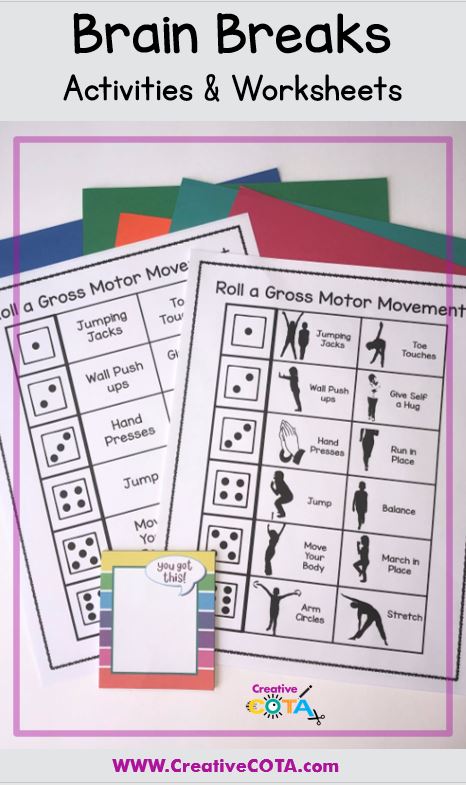

If you are looking for some digital options you can check out how my PDFs work with the EASEL™ by TPT. I have added overlays and ideas to many of my resources. You can also check out my social-emotional learning, Self Regulation, and Emotions Boom Cards™.
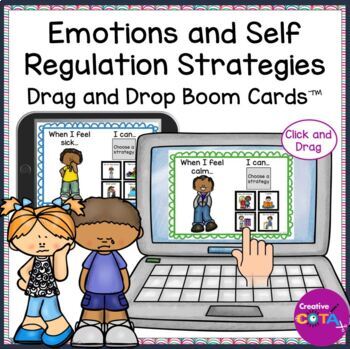
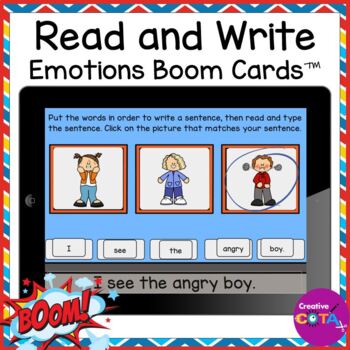
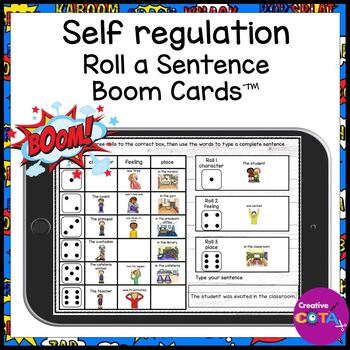
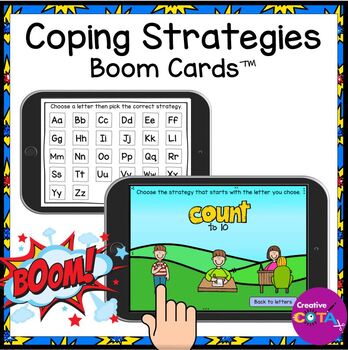
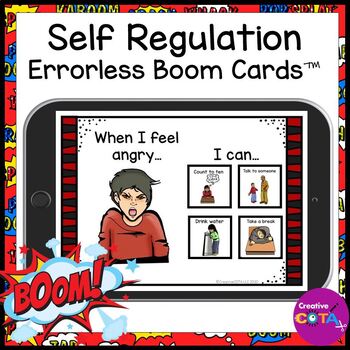
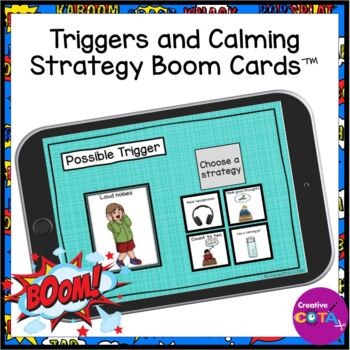
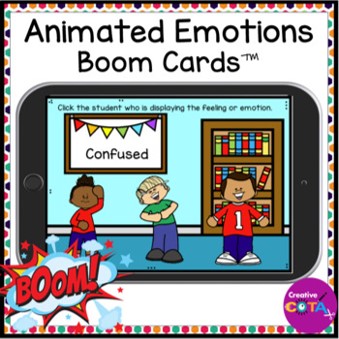
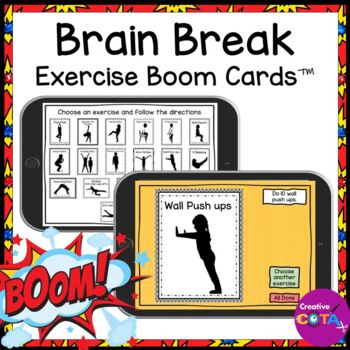
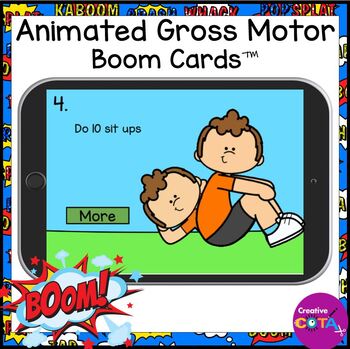
I hope you were able to find a social-emotional learning resource to incorporate into your classroom or therapy session. Feel free to contact me with ideas for new resources.
The journey of enhancing social-emotional learning is ongoing and vital for the holistic development of our students. By focusing on self-regulation activities, collaborating with occupational therapy colleagues, and incorporating interactive games, we contribute to the emotional wellness of our classrooms. Let’s continue to explore, implement, and evolve in our efforts to nurture the social-emotional growth of the next generation.
About the Author
I am a Certified Occupational Therapy Assistant (COTA) and have been working in a public school system for more than 25 years. My resources can be found on TPT, BOOM Learning, Made by Teachers, Classful, and Your Therapy Source. I appreciate your interest wherever you wish to shop.
My mission is to help you find creative ideas to incorporate fine motor, visual perception, gross motor, and social-emotional learning into your lessons.
I hope you consider signing up for my Free Resource Library with your Email. I send out emails about once a week and share resources, tips, and planning ideas for your classroom or occupational therapy needs. Hopefully, these help your students work on building their skills in a fun and engaging way.

